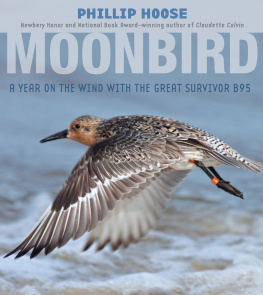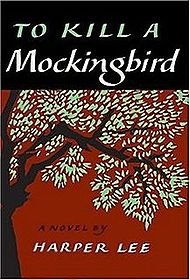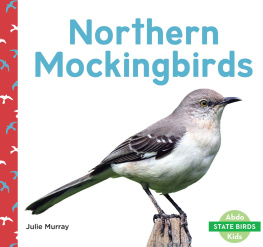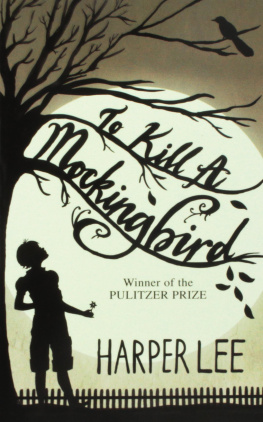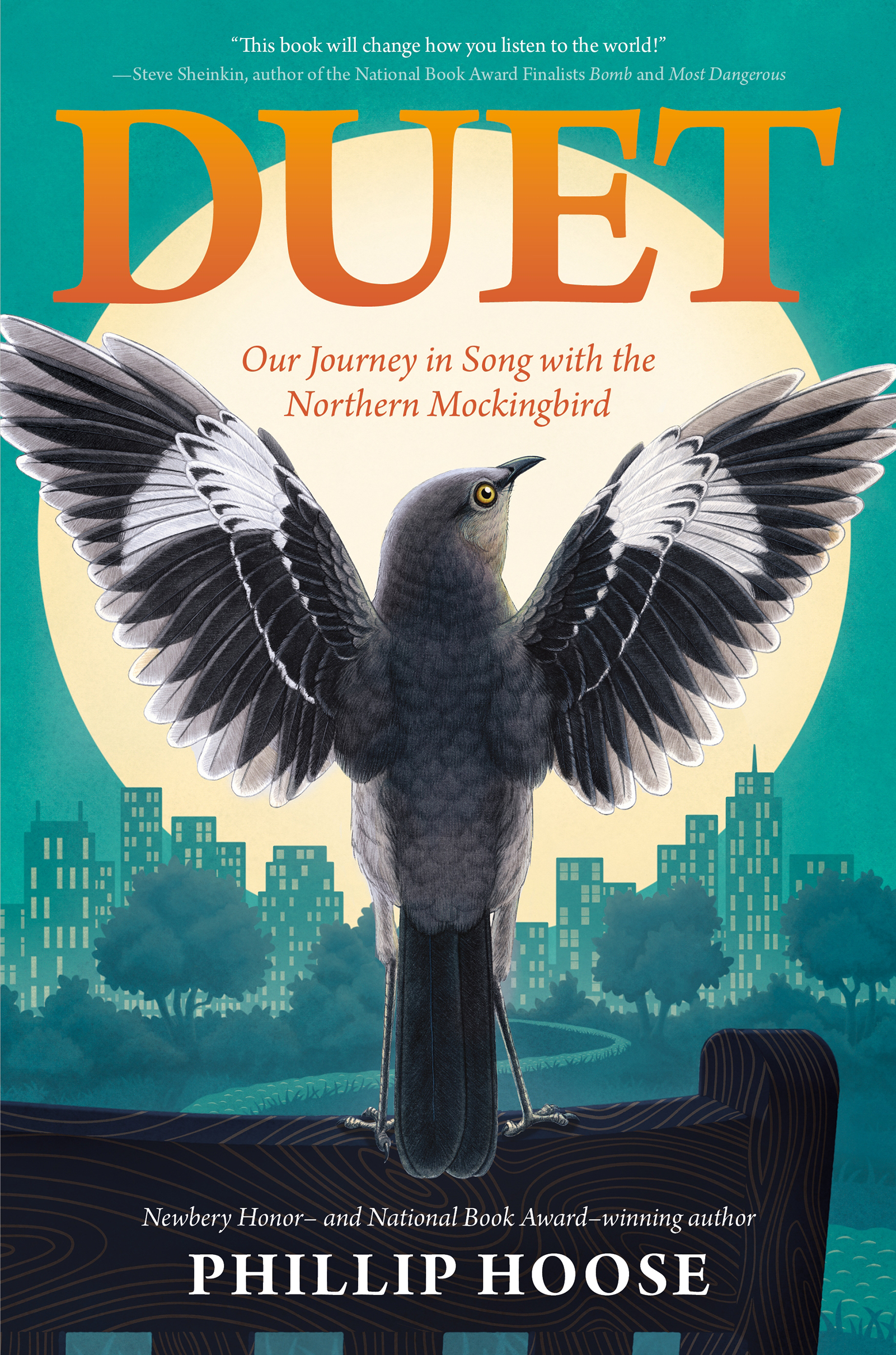Contents
Guide
Pagebreaks of the print version

The author and publisher have provided this e-book to you for your personal use only. You may not make this e-book publicly available in any way. Copyright infringement is against the law. If you believe the copy of this e-book you are reading infringes on the authors copyright, please notify the publisher at: us.macmillanusa.com/piracy.
To Charles Duncan, Ben Gregg, William Housty, Larry Master, Margaret Ormes, Keith Ouchley, and Carlos Pea
The most adventuresome of my birding companions, with thanks

Some humans can go beyond simple speech and train their voices to sing opera or other types of music. Mockingbirds might be doing something similar.
William Young, The Fascination of Birds
Youre walking down a city sidewalk, lost in thought, when a song erupts from high above you. Its a loud, bright, liquid stream of musical notes and phrases. You shield your eyes and try to see where its coming from, but you cant find it at first. Then, there it is you spot a single, slender gray bird about the size of a robin bellowing from the top of a telephone pole. Its head is thrown back, its bill is wide open, and its total body rattles with the force of this performance. Its long, sleek tail is cocked up sharply, giving the bird the silhouette of a checkmark. As you listen more carefully, you realize it isnt just singing one song; its sampling song fragments one after another, like a DJ pulling material together. The bird is improvising.
You look around to see if anyone else is noticing. No one is even looking up, although our soloist seems to be demanding attention.

(Will Elder / NPS)
Sure enough, attention comes. A red-tailed hawk, a winged monster, sweeps into view, talons extended, picking up speed, bearing down on our singer. With perfect timing, the gray bird waits, and waits, and then rises into the air just as the hawk slides beneath him. Now the battle is on. The singer seems to skid in the air, reverses course, and, scolding, takes off after the hawk, a bird several times its size. The gray bird is agile and fierce, strafing the hawk again and again. At one point, the gray bird jumps aboard the monsters back, where it pecks and tears at feathers until it lets go and the wounded giant flaps away. The gray bird returns to its telephone pole, smooths its feathers, and resumes its performance, as if nothing has happened.
Our pugnacious, hawk-attacking bird is the northern mockingbird. The word mockingbird applies to seventeen species of songbirds from the Mimidae family of mimic thrushes. The northern mockingbirds scientific name is Mimus polyglottos , a Latin term that means many-tongued mimic in Englishin honor of its ability to imitate the songs of other birds.
Mockers, as they are often called, are widely known for their spectacular song. They can imitate just about anything that makes a soundpolice sirens, telephones, cats, alarm clocks, dogs, and human songs. But the mockers primary set list consists mostly of the songs of other birds, learned mainly from the birds themselves. Mockers can learn two hundred or more songs in their lifetimes.
Some people rank the northern mockingbird as the greatest singer in the animal kingdom. Northern mockers can sing for hours without stopping, day or night. In springtime, male mockers sing to impress females and defend nesting territory. Females sing, too, at other times of the year, but in spring they are silent judges, listening carefully to auditioning males. A long and varied set list, delivered with skill and confidence, and with high volume, wins the day.
What is the advantage of knowing and performing hundreds of songs? Ask any rock star. Research shows that as a male mockingbird expands his repertoire, he becomes increasingly attractive to females. The experienced male proclaims, through his brilliant song, Ive been around. Im a survivor. Ive already found us a nesting territory with plenty of food. Ive driven away the competition. Why settle for silver when you can have gold?

Diagram showing the location of a songbirds syrinx (Wikimedia)
The secret to the mockingbirds song is an organ, sunk deeply in the birds chest, called a syrinx. Its the songbirds voice box, found in more than half of all the worlds eight thousand bird species. Though not much bigger than a raindrop, the syrinx efficiently uses nearly all the air that passes through it. By contrast, a human uses only 2 percent of the air exhaled through our larynx to make sounds. Mockers have seven pairs of syringeal muscles, allowing them to deliver complex songs over and over with seeming ease. There is nothing that looks like a syrinx in any related animal group in vertebrates, observed Denis Duboule, a geneticist at the University of Geneva.
A recent survey led by Cornell University has found that there are almost three billion fewer birds in North America today than there were a mere fifty years ago. We have lost almost one third of our birds since 1970, much of it due to loss of habitatthe places equipped with the food, shelter, and nesting areas a particular bird species needsas a result of climate change. Collisions with window glass, hunting by cats, and the use of pesticides were named by the study as other major culprits.
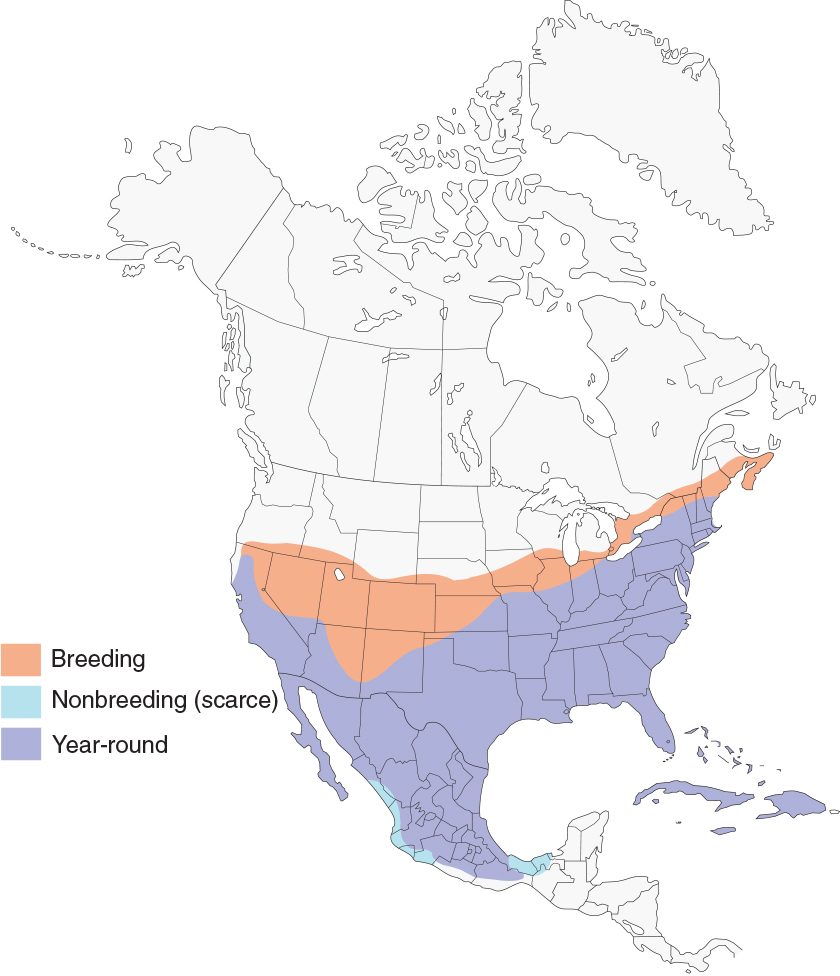
A northern mockingbirds range map (from eBird.org, published by the Cornell Lab of Ornithology)
And yet, while the overall bird population has gone down, the northern mockingbird has actually expanded its range. At a time when environmental stresses are causing massive bird die-offs throughout the world, the northern mockingbird continues north, spreading throughout most of the United States and on into Canada. It can live within a wide range of habitats, from parched deserts to suburban shrubs to city lawns.
Scientists using DNA techniques conclude that mockingbirds may have evolved from a common starling-like ancestor more than twenty million years ago. By the time the first humans found their way to what is now known as the United States, perhaps fifteen thousand years ago, mockingbirds were well established from coast to coast.
Climate scientists have developed a saying: Adapt or die. It means that those species that cant quickly fit in to altered habitats will struggle to survive. But mockingbirds, with their ability to adjust to a wide variety of habitats, have, in fact, made it through the millennia.
Over thousands of years of their survival, mockers have learned to live with us Homo sapiens . They adapt easily to new foods and have learned to survive in harsh weather. Some mockingbirds migrate south in the winter, but usually only until food is readily available. When the ground freezes and insects burrow beneath the ice, most mockers fluff up their feathers, find shelter, switch to a diet of berries, and tough it out. How tough? There is a record of one mockingbird surviving a Canadian winter in the province of Alberta when temperatures plummeted to 24C (11F). But mockers are also on your front lawn, singing from telephone poles, hedges, wires, and rooftops in towns, suburbs, backyards, and parks, all year round. Mockingbirds are holding their own as the earth warms because they have developed a special awareness of the living creatures around themincluding us. It has allowed them to adapt and survive. For millennia they have built their nests near our dwellings and followed our movements, most recently abandoning farm and field to become denizens of suburbs and cities.


